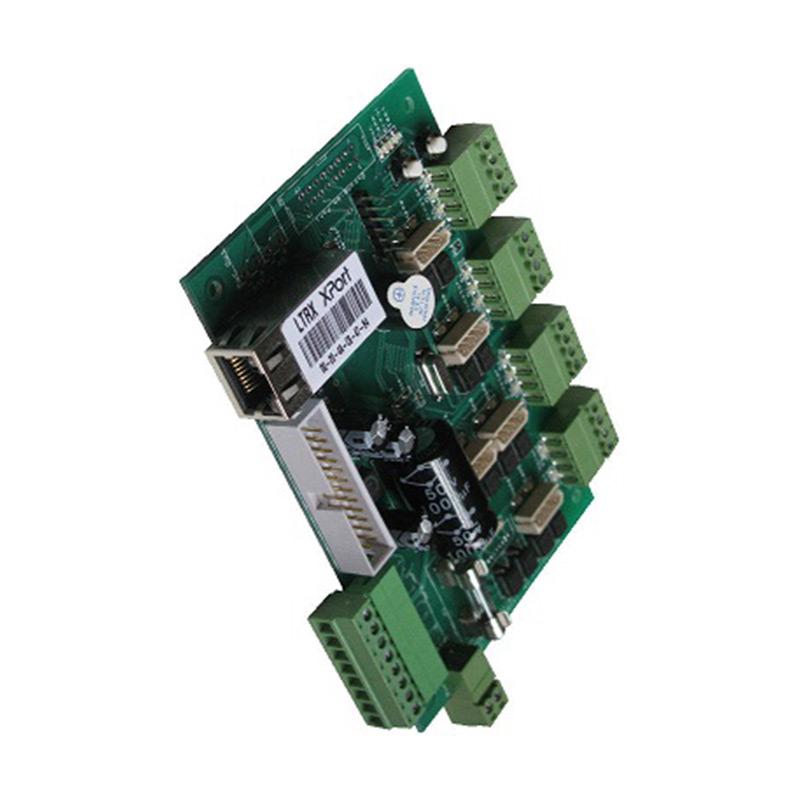

The Fascinating World of One-Way Mirror Glass
One-way mirror glass, often referred to as two-way mirror or semi-reflective glass, is a unique innovation in the field of architecture and design. Its ability to serve dual functions—acting as both a mirror and a transparent window—has captured the imagination of designers and everyday consumers alike. This remarkable material, commonly found in a variety of applications, has attributes that extend far beyond simple aesthetics.
At first glance, one-way mirror glass appears to be just another reflective surface. However, its functionality becomes apparent under specific lighting conditions. The glass is designed to reflect light on one side while allowing visibility from the opposite side, creating the illusion of a mirror for those on the reflective side, while permitting those on the non-reflective side to see through. This phenomenon occurs when the lighting level is significantly greater on the reflective side than on the transparent side, making it an effective tool in various settings.
The Fascinating World of One-Way Mirror Glass
Beyond law enforcement, one-way mirrors find their place in businesses and commercial settings. They are popular in conference rooms where sensitive discussions are held, allowing observers to gauge reactions without interrupting the flow of conversation. In retail spaces, this glass can also be used to create a sense of privacy for employees during staff meetings while still allowing visibility into the space for management.

The artistic potential of one-way mirror glass is also profound. Artists have leveraged this material to create immersive installations that challenge viewers' perceptions of space and reality. By combining reflective surfaces with transparent elements, artists can manipulate light and shadows, creating dynamic environments that engage viewers on multiple levels. The psychological implications of being watched or observing from a distance add another layer of intrigue to their works.
In addition to artistic endeavors, the architectural world embraces one-way mirror glass for both functional and aesthetic reasons. In modern building designs, it can be used to create facades that reflect the environment while allowing natural light to permeate the interior spaces. This not only enhances energy efficiency but also produces visually stunning structures that blend harmoniously with their surroundings.
However, it is essential to consider the ethical implications surrounding the use of one-way mirror glass. The ability to observe individuals without their knowledge raises questions about privacy and consent, particularly in public spaces. Striking a balance between security and individual rights is critical. This necessitates clear guidelines and transparency when installing such features, especially in places like workplaces or public facilities where individuals might unknowingly be monitored.
In conclusion, one-way mirror glass exemplifies how a simple variation in glass technology can revolutionize various aspects of our lives. From security and privacy to art and architecture, its applications are diverse and evolving. As we continue to integrate this remarkable material into our environments, we must also remain vigilant about the ethical considerations it presents. Ultimately, one-way mirror glass invites us to reflect—not just on its captivating properties but also on the deeper implications of observation, privacy, and human connection in our modern world.